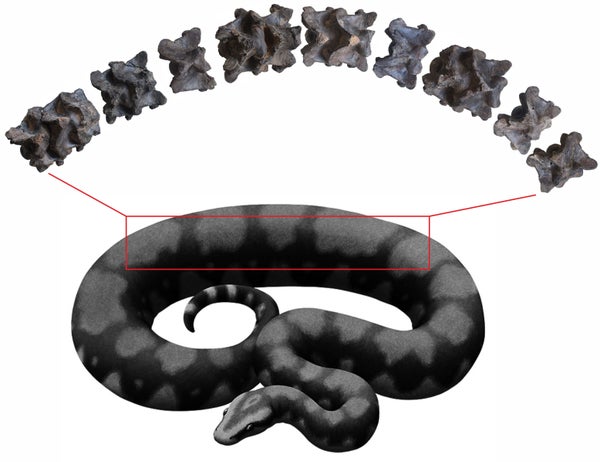Extreme Climate Survey
Science News is collecting reader questions about how to navigate our planet’s changing climate.
What do you want to know about extreme heat and how it can lead to extreme weather events?
Oncologist Steven Rosenberg of the U.S. National Cancer Institute became intrigued by the body’s potential for fighting cancer in 1968 after encountering a patient whose tumors spontaneously disappeared, presumably due to the immune system. It took decades to go from that kernel of an idea to the new TIL therapy.
Rosenberg’s TIL therapy was an idea ahead of its time. In fact, it’s an idea whose foundation stretches all the way back to antiquity.
Early reports of cancer suddenly going into remission after an infection date back to ancient Egypt. By the 19th century, scientists began to piece together that an awakened immune system might be at play. In 1891, New York City bone surgeon William Bradley Coley put that idea to the test by infecting patients’ tumors with Streptococcus and Serratia bacteria. It appeared to work: Reportedly more than 1,000 patients saw their tumors shrink or even disappear. Many doctors, however, were wary of infecting people with potentially dangerous bacteria. Another concern was that no one really knew how or why Coley’s treatment worked. And so, cancer immunotherapy stalled.
But throughout the 20th century, scientists demystified the immune system (or at least began to; it’s still quite mysterious!). In 1967, for example, the year before Rosenberg’s realization, immunologists discovered the existence of T cells and their role in immunity. In the last decade or so, advances have translated into wins for cancer patients. In 2011, a class of drugs known as checkpoint inhibitors, which keep cancer-fighting immune cells in attack mode, first became available. In 2017, the FDA approved the first cancer treatment that uses genetically engineered T cells from patients, called CAR T-cell therapy. This form of treatment has successfully treated blood cancers, such as leukemia. Now with TIL therapy, solid tumors are a target.
So far, it’s approved only for advanced melanoma, but studies suggest TIL therapy may work against other kinds of solid tumors too. We’re far from the end of the story, with many lingering questions about how the immune system fights cancer. One big question: Why do therapies often work for some patients but not others? As answers come in, we’ll keep you updated.
Source link














